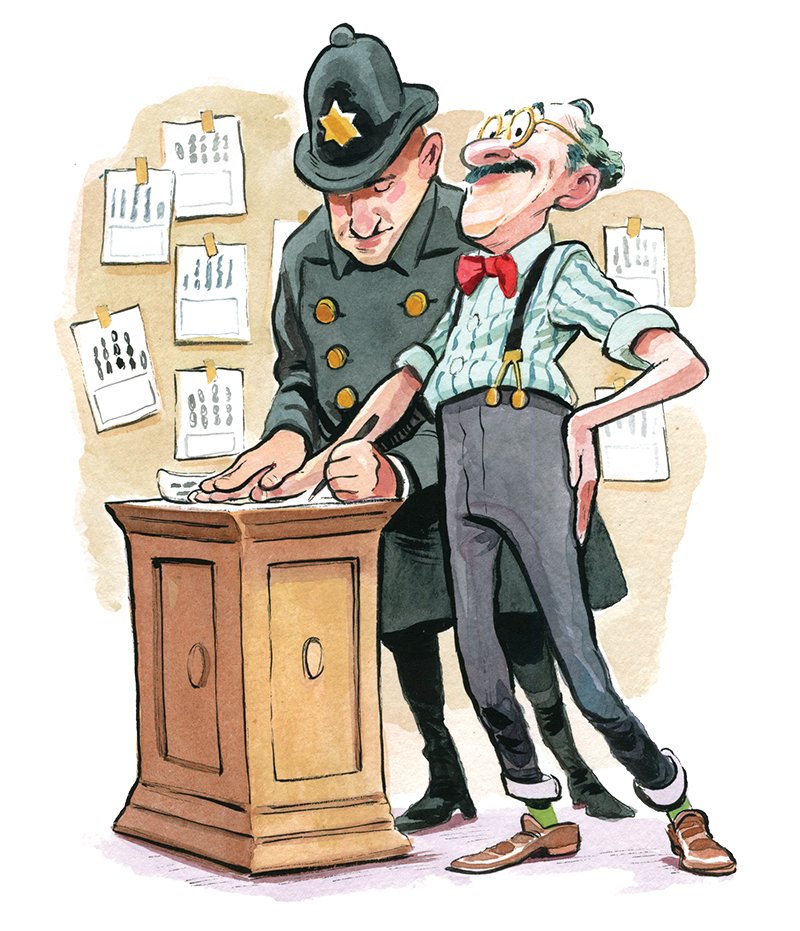On October 28, 1904, the Saint Louis Police Department began using fingerprints to identify potential subjects in investigations. Using fingerprints for identification started thousands of years earlier when Hammurabi mentioned using fingerprinted wax seals.
People are intuitive about recognizing patterns, which is the simplest description of fingerprints. Fast forward a few thousand years to the 1904 Louisiana Purchase Exposition. This is where The Saint Louis Police Department, already stressed by people attending the Exposition, saw a demonstration using fingerprints and the brand new Henry Classification System.
A Catalog of Arches, Loops and Whorls
The story behind how St. Louis became the first City in the nation to use fingerprints for police work has unexpected plot twists. While experts knew fingerprints were unique to a single person, few understood how they could be used like entries in a card catalog.
The breakthrough came when Sir Francis Galton saw details in a collection of fingerprints he described as patterns of arches, loops, and whorls. He then developed a system describing the different types of these distinct patterns. The result was the foundation of a system for identification across multiple points of comparison. Galton made this breakthrough and had been studying fingerprint science many years before Saint Louis started using a system based on his work. How does Galton connect to Saint Louis?
Sir Francis Galton was a cousin and intellectual contemporary of Charles Darwin. Darwin's colleague, Dr. Henry Faulds, who'd been studying fingerprint science, wrote to Darwin for help. He didn't have much help but agreed to show Fauld's results to his cousin. Scotland Yard's Sir Edward Henry had been working on a similar system with origins in British-occupied India.
Meanwhile, Saint Louis was preparing for the 1904 Louisiana Purchase Exposition in Saint Louis (commonly called the 1904 World's Fair). England's Scotland Yard, who had been developing a fingerprint ID system, was to present it to the world at the Exposition. But this wasn't what people talked about. Instead, fairgoers raved about cultural things, like the food and the Crown Jewels, among other things.

